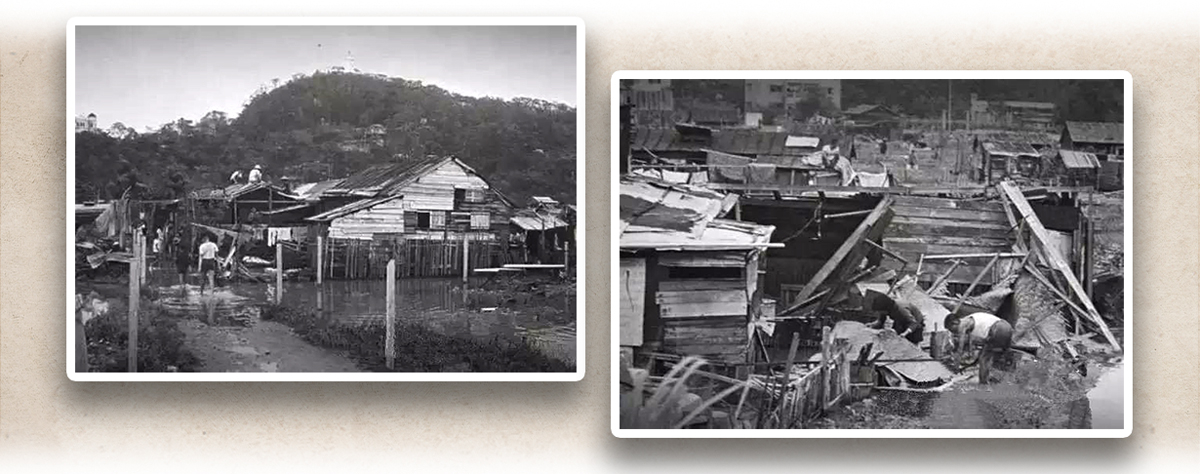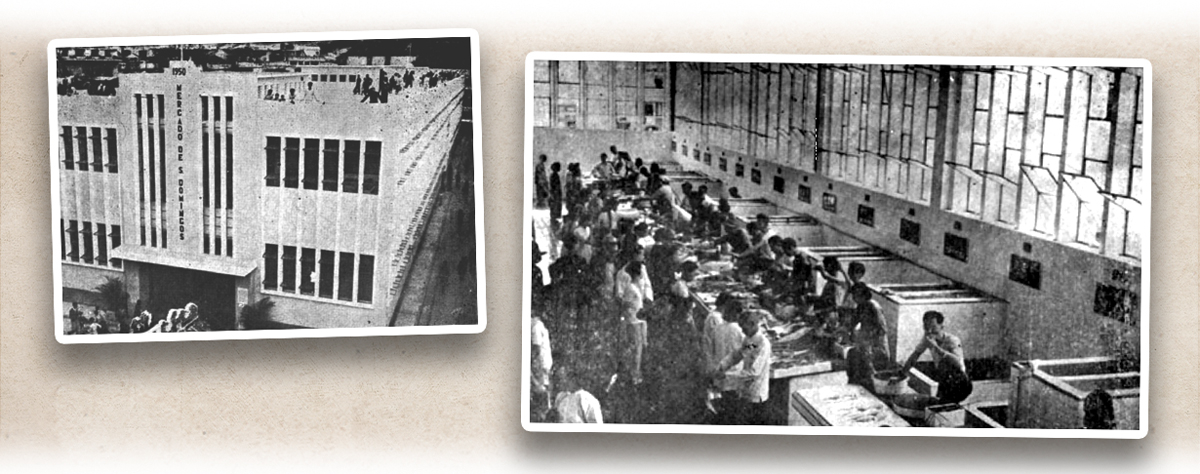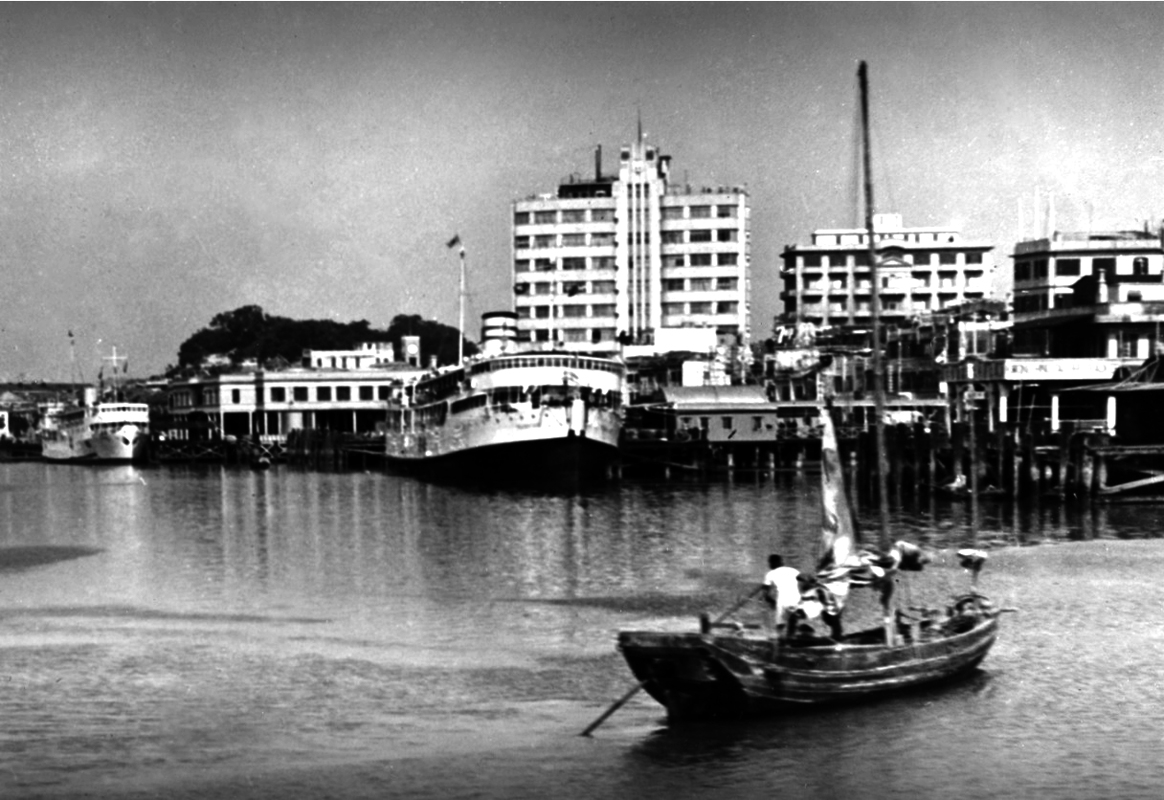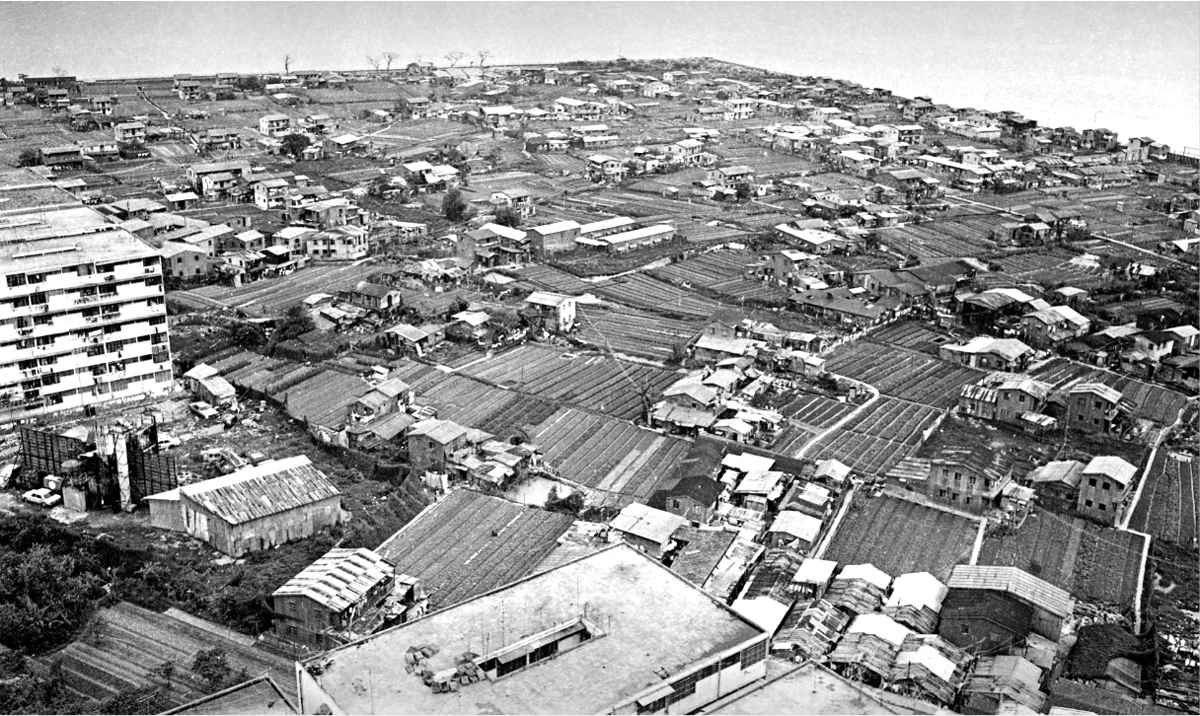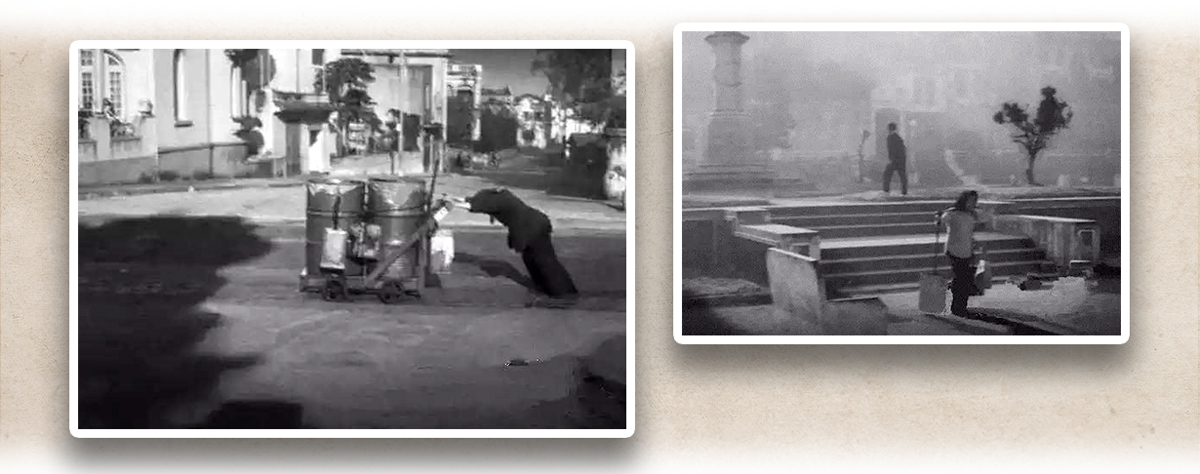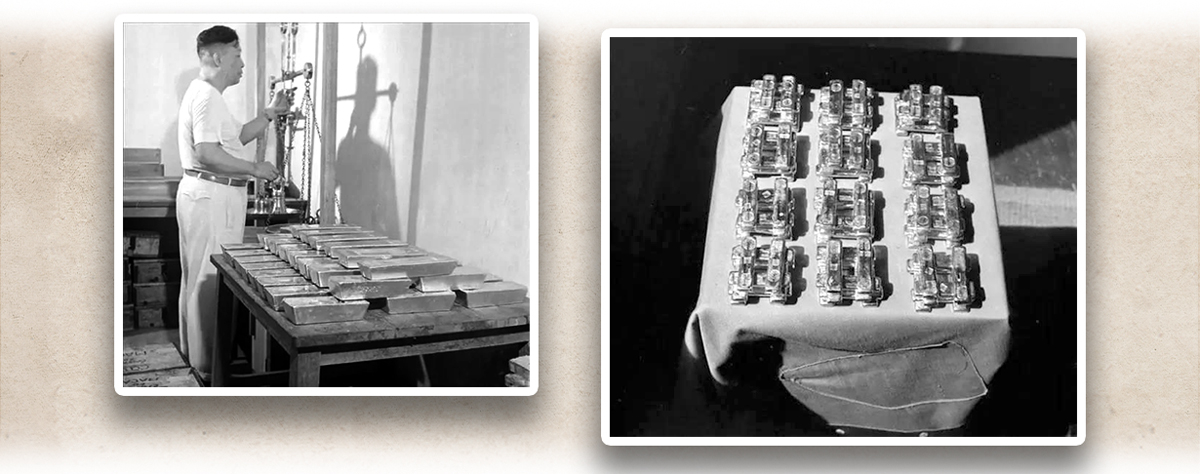Although Macao (Macau) did not directly involve in the War of Resistance Against Japanese Aggression, the Portuguese Macao government spent a lot of money and sold resources for food to relieve a large number of refugees. Unable to develop its newly reclaimed land after the war, Macao entered an economic depression. The Portuguese Macao government implemented the “Macao Prosperity Plan” in 1947, approving funds to facilitate Macao’s transportation and infrastructure development, as well as the improvement of the urban environment. Despite these improvement projects, large areas of newly reclaimed land such as Areia Preta and Zona de Aterros do Porto Exterior remained undeveloped, and were only used as areas for hosting wooden settlements and vegetable gardens before 1980s. Meanwhile, Macao turned itself into a postwar gold trading port, which became an important source of its revenue.
|
|
Why did Macao become a postwar gold trading port? |
|
|
See answer below. |
The Governor of Macao Albano Rodrigues de Oliveira launched the “Macao Prosperity Plan” during his tenure between 1947 and 1951. The plan aimed to accelerate infrastructure project construction, and improve transportation, and the urban environment.
An aerial view of the Macao Peninsula in 1948.
The Macau Complexo Municipal Do Mercado De S. Domingos, inaugurated in 1950 by Governor Albano Rodrigues de Oliveira, was the largest and most advanced market in Macao at that time. The photos show the building’s exterior and the stalls inside.
New piers including the Tai Fung Warehouse built with concrete, Kwong Hing Tai Pier, and the Pier No.16 in the Inner Harbour in 1948. (Photographed by Mr. Lei Lok-tin, provided by the Photographic Society of Macao, cited from “Macau Memory”, Macao Foundation)
The Inner Harbour was still the most important port in Macao in the 1960s. In addition to passenger and freighter ships travelling around, there were also many fishing boats berthing there. (Photographed by Mr. Lei Lok-tin, provided by the Photographic Society of Macao, cited from “Macau Memory”, Macao Foundation)
The newly reclaimed lands were turned into areas hosting wooden settlements and vegetable gardens since the Portuguese Macao government was unable to develop them. (Photographed by Mr. Lee Kung-kim, provided by the Photographic Society of Macao, cited from “Macau Memory”, Macao Foundation)
Large areas of newly reclaimed land such as Areia Preta and Zona de Aterros do Porto Exterior remained undeveloped after the war. They were even turned into areas hosting wooden settlements and vegetable gardens before the 1980s. The living environment of the wooden settlements was harsh. Residents suffered shortages of water and power supply, and frequently faced natural disasters such as typhoons. The photos show the flooded wooden settlements at Zona de Aterros do Porto Exterior after a typhoon in the 1970s (left) and residents repairing their wooden houses after the typhoon (right).
Water supply was a long-standing problem of people’s livelihoods in postwar Macao. The photos show Macao residents transporting and carrying water in the 1970s.
Macao once became a gold trading port after the war. Gold bars minted in Macao were exported to mainland China, Hong Kong, and Southeast Asia in large quantities during that period.
Pedro José Lobo conducting the band. He served as the Director of the Bureau of Economic Services of Macao for nearly 20 years and made significant contributions to Macao’s economic development during and after the war. He was also the main trader of Macao’s postwar gold trade. Rua do Dr. Pedro José Lobo, a road in Macao, was named after him in 1956. His son, Sir Rogerio Hyndman Lobo, was a member of the Urban Council, Executive Council, and Legislative Council of Hong Kong. (Provided by Kiang Wu Hospital Charitable Association, cited from “Macau Memory”, Macao Foundation)
|
|
Why did Macao become a postwar gold trading port? |
|
|
The Allies led by the United States planned to restructure the postwar global economy in the later stage of World War II. The Bretton Woods System initiated by the United States was agreed upon, with the participation of most capitalist countries, including Britain, in 1944. It pegged the US dollar against gold, which greatly restricted the use and trade of the latter. After the war, the silver standard system collapsed in mainland China and Hong Kong. With the outbreak of the Chinese Civil War and the founding of the People’s Republic of China, China’s gold trade gradually stagnated. Hong Kong followed Britain and joined the Bretton Woods System that banned gold trade. However, Portugal did not join the system and it did therefore not ban the private use of gold and gold trade, which contributed to the vigorous gold trade in Macao. Macao’s specialised gold traders imported gold from Europe, and recast gold into gold bars to export to mainland China, Hong Kong, and Southeast Asia, which was a major postwar fiscal source for Macao. At that time, both legal and illegal gold trade existed in Macao. It was not until 1973 when the Bretton Woods System ended and Hong Kong’s gold trade was liberalised that Macao’s gold trade gradually declined. |
Photo courtesy of Mr. Alex Lou, Vice Chairman of The Heritage Society (picture 1), Fotoe (picture 2), Macao Foundation (pictures 4-6, and 10), and misc. photo sources.




